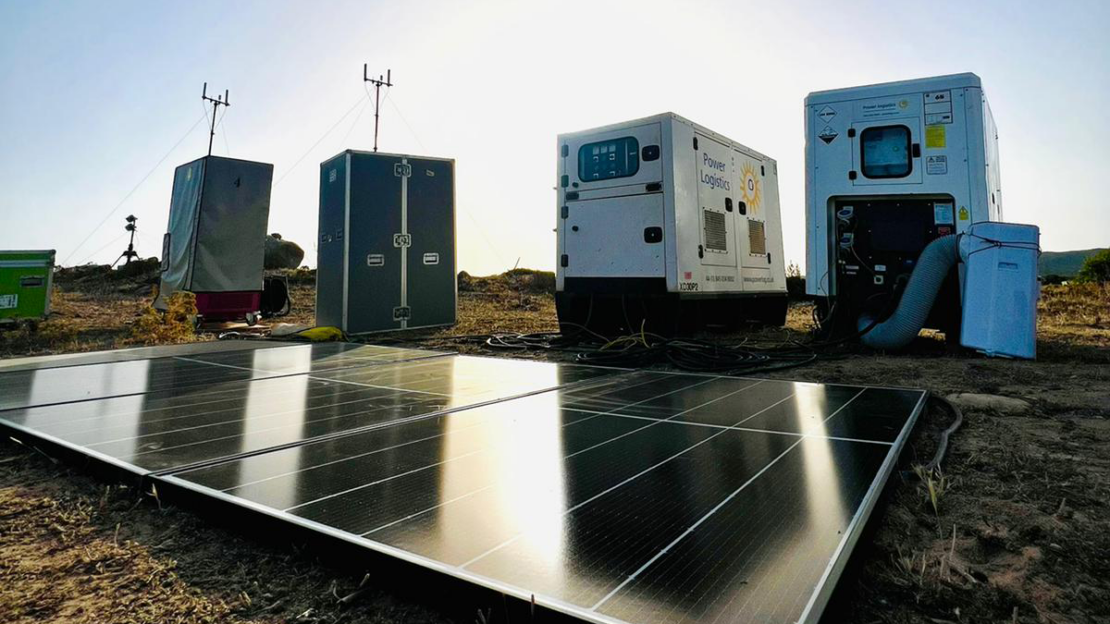Power Logistics was asked to design and implement a bespoke Energy Management Solution that incorporates an electrical package built specifically to meet the requirements of the Extreme E motorsport series. Extreme E sees electric SUVs competing in extreme environments around the world which have already been damaged or affected by climate and environmental issues. The organisation was committed to having a net-zero carbon footprint by the end of its first season touring the globe.
Key elements of the brief included monitoring all energy used onsite during the build, race weekend and breakdown; analysing the data and ensuring that energy usage was optimised at every stage; utilising the data gathered at each race to improve the system and make energy and carbon emission savings race on race; updating and introducing energy reducing technologies on the back of the findings; and reducing the amount of energy used and minimising carbon emissions wherever possible.
The solution devised by Power Logistics project managers and R&D team monitored energy and fuel usage of all the touring elements at each race circuit. This included the design and implementation of a bespoke distribution system that incorporates a smart energy monitoring system built specifically to meet Extreme E’s requirements and to work in tandem with the Hydrogen cell technology for the car charging network.
Data is crucial to managing energy and informing decisions on sustainable options and a Power Logistics project manager reviewed data at every stage of the event; pre-race, onsite during the build, race weekend, during breakdown and then post-race.
Using the data and observations to tweak and improve efficiencies at every stage. The entire focus of the Extreme E project is to explore renewable energy solutions and implement them to reduce carbon emissions as much as possible.
The concept devised by Power Logistics involves collaborating with the organising team, suppliers and other stakeholders to share information about energy usage and implement changes that deliver a reduction in emissions.
- Within the first 3 races of the Extreme E season the Power Logistics team was able to reduce fuel emissions by 40%.
- Redesigning the electrical system and generation based on data gathered from race 1 and implementing batteries and solar panels reduced fuel consumption by 22% at race 2 and then by 30% at race 3 despite an increase in energy consumption of 54%.
- The average energy saved at each race by managing lighting in structures and outdoor site lighting was 1.5MWh.
- The average energy saved on each event by managing event cooling of infrastructures in hot countries was 5.2MWh.
- By using sustainably sourced Green D+ HVO in generators that were essential, emissions were reduced by up to 89%.
Find out more about Power Logistics work cutting emissions and fuel costs for events at www.powerlog.co.uk
This case study originally appeared in our September 2022 Vision: 2025 newsletter. Sign up to receive monthly event sustainability news, case studies and guest blogs direct to your inbox.


